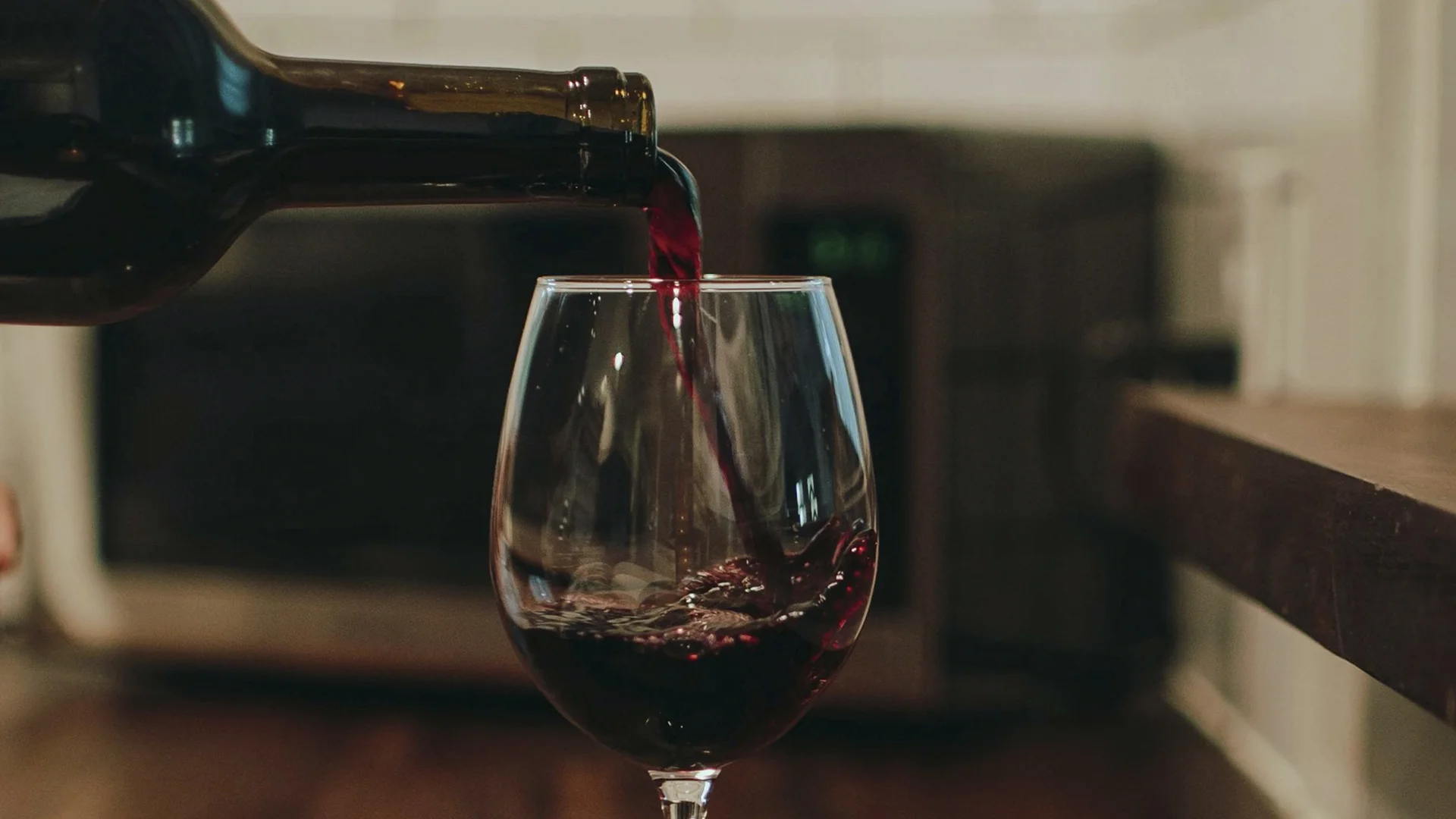
Carignan is the comeback kid of the wine world – bold, structured, and wildly underrated.
Likely originating in Spain’s Aragón region, this underdog grape has a rich history that deserves the spotlight. Carignan became especially prominent along the Mediterranean coast, particularly in France, during the 20th century, when it was widely planted before its decline. In recent years, Carignan has experienced a resurgence in popularity due to a renewed focus on quality in winemaking, elevating its status from a blending grape to a star in its own right.
This guide uncorks everything wine enthusiasts need to know: from winemaking and regions to food pairings, sensory traits, and top bottles. We even pit Carignan against Grenache and explore its sustainable edge.
Carignan is a medium-bodied red wine grape known for deep colour, bold fruit flavour, and vibrant acidity – the kind that makes your mouth water.
Carignan grapes are one of the most distinctive grape varieties in Mediterranean winemaking, long recognized as a common vine variety planted across Southern France and Spain. Now, like a character actor finally taking on a lead role, Carignan is stepping into the spotlight on its own.
Carignan’s taste features vibrant red berry flavours, floral hints, and a distinctive white pepper spice, underscored by subtle earthy tones. Its high acidity and robust tannins create a balanced flavour profile that seamlessly blends fruit, spice, and acidity. This makes Carignan a versatile, food-friendly wine known for its fruit-forward red fruit and baking spice notes, with subtle umami adding depth and complexity.
Carignan’s story begins in the sun-drenched vineyards of Spain’s Aragon region, where it’s known as Cariñena. Dating back to the 15th century, this resilient grape thrived in Mediterranean climates. It soon crossed into Southern France’s Languedoc-Roussillon, becoming a staple blending grape prized for adding colour, acidity, and structure to regional reds. Over time, Carignan spread to Northern Spain, Italy, and New World regions, earning a reputation for flourishing in warm, challenging environments. Today, its rich legacy continues to shape wines across Southern France and beyond.
Carignan grapes can be vigorous and high-yielding, which is why modern producers work carefully to produce wines that emphasize quality over quantity. High yields, if not managed, can dilute the flavour intensity of the wine, making careful cultivation essential for achieving the best results.
To achieve the best expression, winemakers often rely on old vines or strategic pruning, which yields more concentrated fruit and a balanced structure. Single-varietal Carignan wines can showcase vibrant acidity and a complex flavour profile when produced with low yields.
Carignan is increasingly bottled as a single varietal wine, rather than just a contributor to blends. Still, it plays an important role in Carignan blends, especially in Southern France and Spain, where it adds colour, acid, and backbone to regional reds. Carignan is often blended with grape varieties such as Syrah and Grenache to enhance colour, spice, and balance in regional wines.
Techniques like carbonic maceration are used to tame the grape’s natural tannins and highlight its juicy red fruit character. Others opt for traditional fermentation with a touch of oak to develop a more structured, age-worthy profile.
Regardless of the style, wine production choices significantly influence the final expression of Carignan—from a light, fruit-driven sipper to a bold, rustic red. And if you’re reading Carignan tasting notes that mention red pepper, herbs, or earthiness, it’s the result of those nuanced winemaking decisions.
A glass of Carignan offers a medium-bodied style that strikes a balance between boldness and freshness. It bursts with red fruit—raspberry, cranberry, cherry—often layered with darker notes like plum or blackberry, especially in warmer climates. But Carignan isn’t just about fruit. There’s a savoury edge: red pepper flakes, dried herbs like thyme and bay leaf, and a rustic earthiness that gives the wine depth and grip. Aromas of red and black fruits, complemented by earthy and spicy notes, further enhance its complexity and allure. Carignan’s flavours may also include touches of licorice, baking spices, and star anise, contributing to its layered and intriguing profile.
It’s the kind of wine that stands up to bold dishes without overwhelming them—structured enough to handle strong flavours, but vibrant enough to stay refreshing. Think wild berry pie dusted with herbs and spice, wrapped in firm tannins and zippy acidity. It’s fruity, earthy, and just a little wild—exactly what you want from an underdog grape that knows how to surprise.
In a word, no. Carignan is almost always a dry wine. Winemakers typically ferment it completely (to zero residual sugar), so those ripe berry aromas are accompanied by zero residual sugar. Its bright acidity and tannins further emphasize a crisp, savoury character. Unless a bottle is specifically labelled as sweet (which is rare for Carignan), expect a dry wine.
Carignan generally falls in the medium- to full-bodied range. It’s not as heavy as a blockbuster Cabernet, but it’s no lightweight either. Many Carignan wines – especially old-vine bottlings from warm regions – feel robust and mouth-filling (around 13–14.5% ABV), giving you plenty of presence on the palate. That said, some lighter styles exist (from cooler climates or unique winemaking methods), but on average, Carignan delivers satisfying weight without going overboard. Think of it as a solid middleweight: plenty of substance, but not overbearing.
Carignan wines are prized for their bold, fruit-forward character and vibrant acidity, appealing to wine enthusiasts who enjoy both power and freshness. The grape’s versatility is showcased in various styles:
As a blending grape, Carignan adds depth, colour, acidity, and structure, enhancing complexity and balance in red blends. Increasingly, it shines as a single varietal, with flavours bursting with red fruit, spice, and earthiness. Whether solo or blended, Carignan's vibrant acidity and bold flavours make it a natural match for hearty dishes and adventurous palates.
Carignan’s high acidity and moderate tannin make it a versatile, food-friendly wine. It’s happy to play with a wide range of flavours. Try pairing it with:
Carignan vines thrive in warm climates with well-drained soils, making them ideal for sun-drenched regions like the Mediterranean basin.
Historically, it was one of the most widely planted red grapes in Southern France, particularly in Languedoc-Roussillon, where its durability and high yields made it a go-to choice for volume producers. In the 1980s, however, Carignan plantings in France were halved due to vine-pull schemes aimed at reducing overproduction. Carignan was primarily valued for its high productivity, which enabled the production of low-quality wines in large-scale wine production.
The grape’s resilience also explains its deep roots in Northern Spain, where it’s known as Cariñena or Mazuelo. Here, it contributes structure and acidity to Rioja blends and shines in old-vine bottlings from Priorat.
In Southern Italy, especially in regions with similar climate profiles, Carignan plantings are smaller but growing, with producers exploring its potential as both a blending and a standalone variety. Carignan also holds historical significance, as it was once the most widely planted grape variety in France, until Merlot overtook it.
Growers interested in growing Carignan are increasingly drawn to its resistance to heat and drought—factors that are becoming more crucial in the face of climate change. Its adaptability and ability to retain acidity even in hot weather make it a common-sense choice for future-focused viticulture. Carignan is renowned for maintaining good acidity even in the hot Mediterranean climates found in the Rhône Valley and along the Mediterranean coast.
Carignan is also cultivated in North Africa, particularly in Morocco, where it significantly contributes to the region's wine production.
Carignan’s influence extends to several of the world’s most renowned wine regions. In southern France, particularly in the Languedoc-Roussillon region, Carignan is a key grape variety, widely cultivated and well-established in local wine production. Here, it’s frequently used as a blending grape, contributing its characteristic acidity and colour to red blends that define the region’s style.
Across the border in Spain, Carignan—known as Cariñena—plays a key role in the robust red blends of Priorat and other northern Spanish regions. Italy, too, has embraced Carignan, particularly in the Carignano del Sulcis DOC of Sardinia, where it produces distinctive, full-flavoured wines. Even in the United States, Carignan has found a home, with California winemakers using it to produce both blends and single-varietal wines. This widespread presence underscores Carignan’s versatility and enduring appeal in the wine world.
Carignan often shares the stage with Grenache (also known as Garnacha) in blends, especially in southern France and Spain. But these two grapes have distinct personalities. Here’s a quick side-by-side look at how Carignan compares with its friend Grenache:
Both grapes make fantastic wines, but as you can see, Carignan brings the punch (acidity, structure, deep colour) while Grenache brings the party (ripe fruit, warmth, charm). No wonder they’re often blended – together they’re greater than the sum of their parts.
Another wine similar to Carignan is Cabernet Sauvignon, due to its tannins and high acidity.
Carignan isn’t just making a comeback in the glass—it’s becoming a model for eco-friendly viticulture. Many of the world’s best expressions come from dry-farmed, low-intervention vineyards, where old bush vines sprawl naturally without trellising. These vines are often hand-tended, a labour-intensive approach that connects growers more intimately with the land. Old-vine Carignan, with its lower yields, produces more concentrated and flavorful wines, further enhancing its reputation. Additionally, Carignan wines are generally affordable, which contributes to growing consumer interest.
Projects like VIGNO in Chile’s Maule Valley are leading the charge—uniting producers around community-driven, environmentally friendly practices focused on preserving heritage vines and traditional methods. These vineyards aren’t just about quality wine; they’re about revival—of culture, of farming wisdom, and of the land itself.
By thriving in poor soils with minimal irrigation, Carignan promotes biodiversity and reduces dependency on chemicals or excessive water use. For producers looking to balance sustainability with soul, Carignan offers both—making it a grape that’s as good for the planet as it is for your palate.
In conclusion, Carignan stands out for its unique qualities, rich history, and promising future in the wine industry. The conclusion highlights Carignan’s transformation from an underdog grape once used in cheap blends to a varietal now celebrated for its vibrant, character-rich wines. It offers honest flavour, historical significance, and great value—a refreshing change in a wine world chasing the next big thing. Exploring Carignan is both practical—food-friendly and affordable—and a bit rebellious. So next time you’re choosing a red, consider Carignan—you might discover a new favourite worth cheering. Cheers!

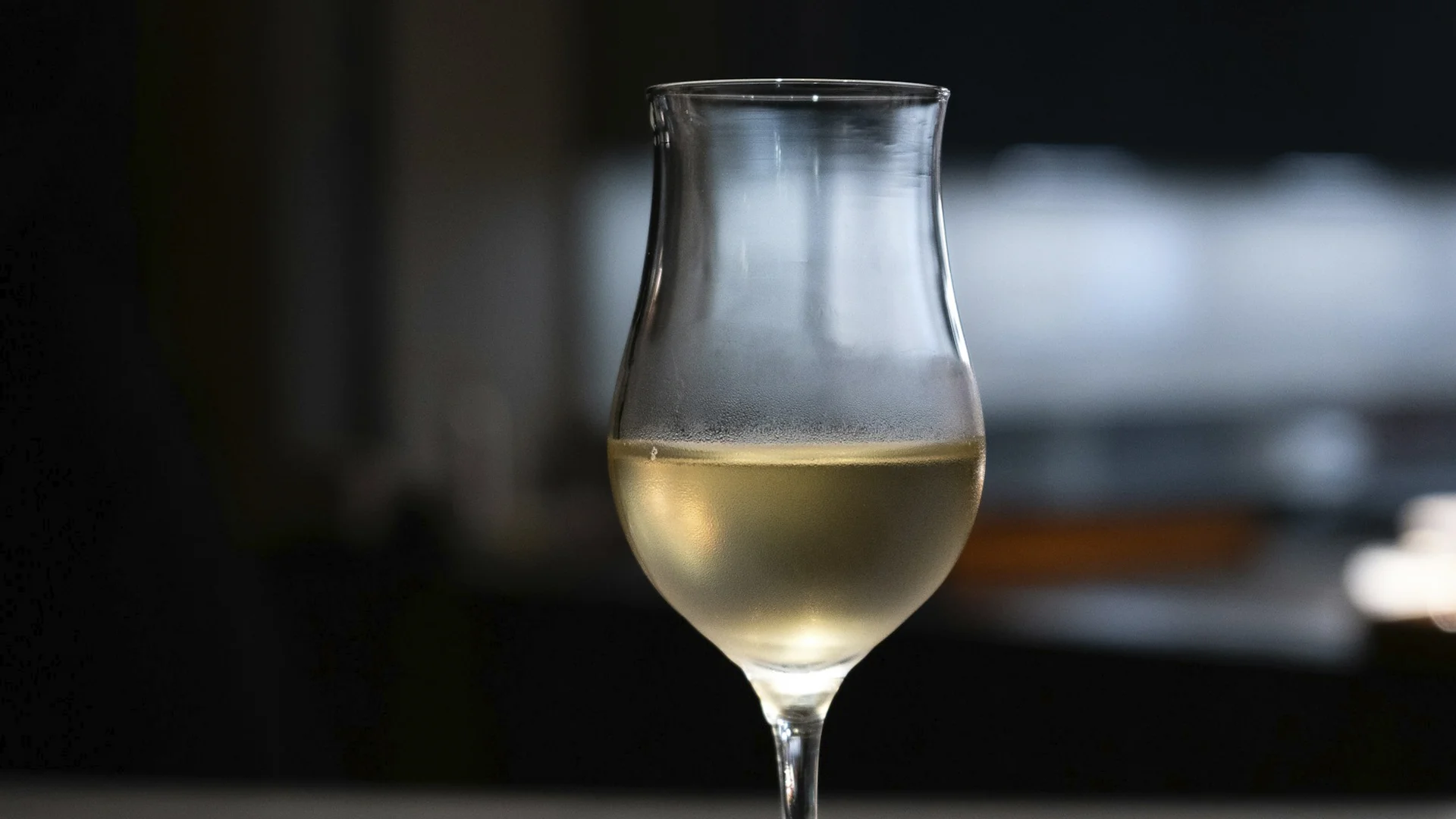
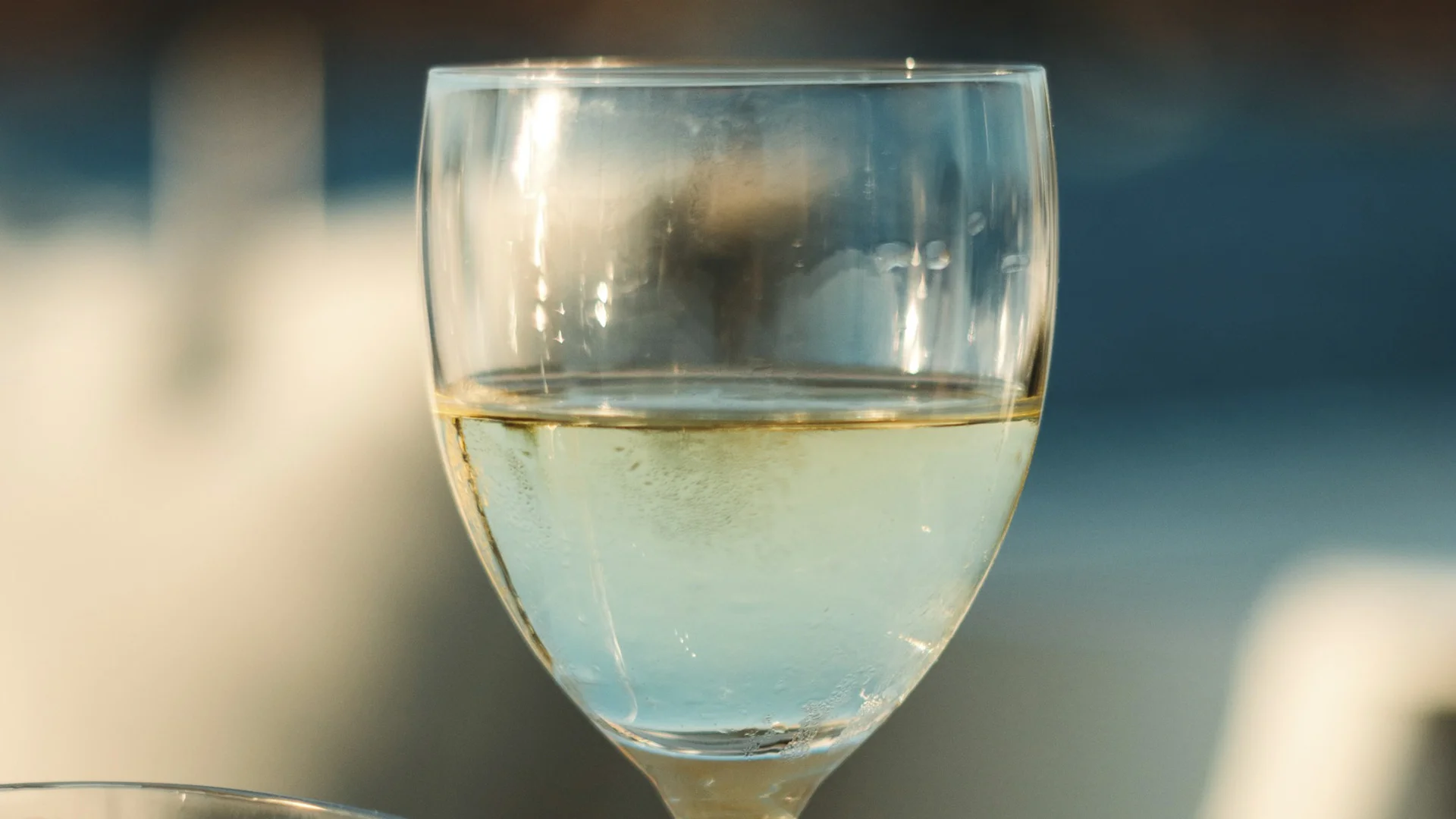
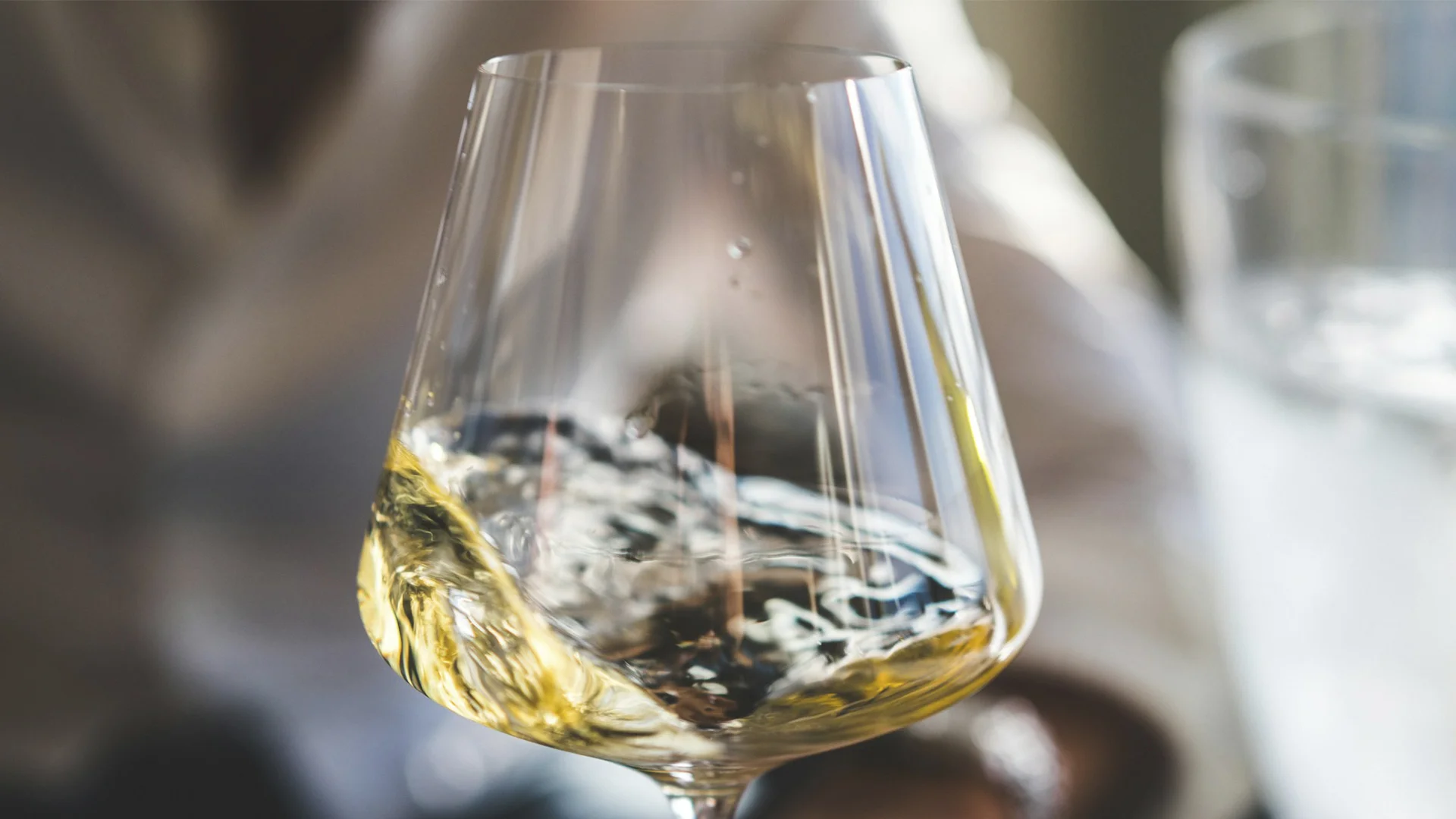
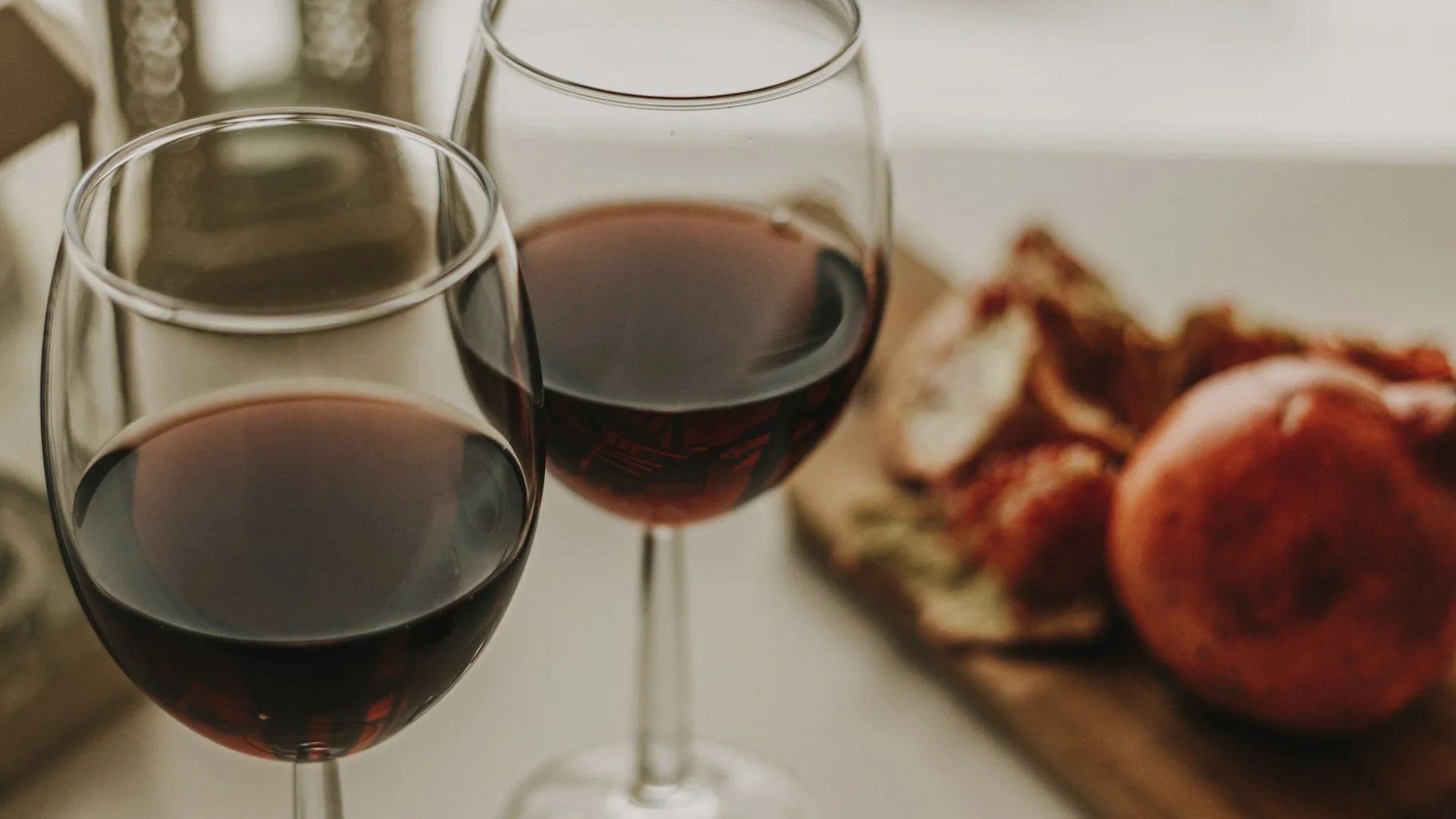

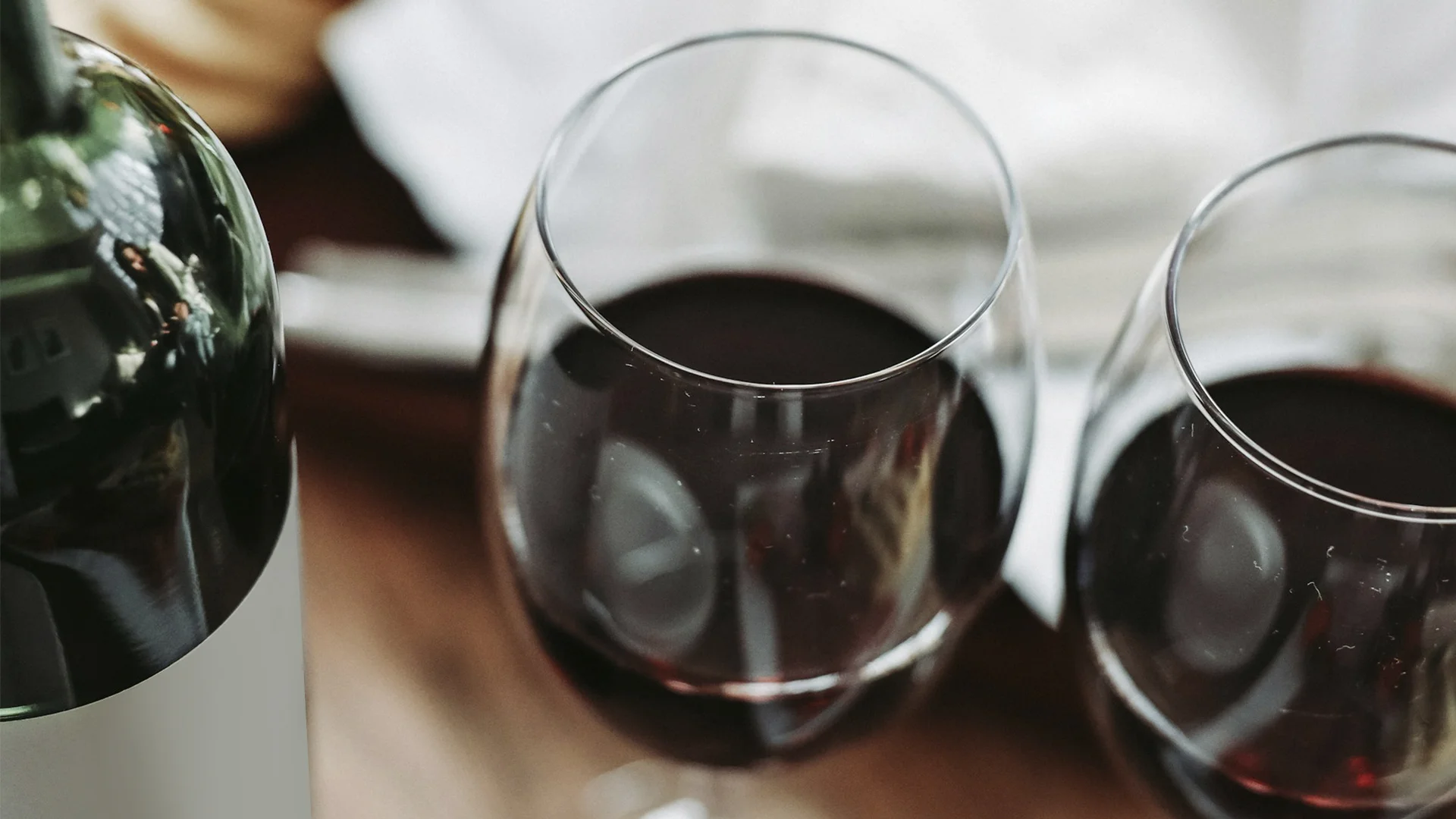
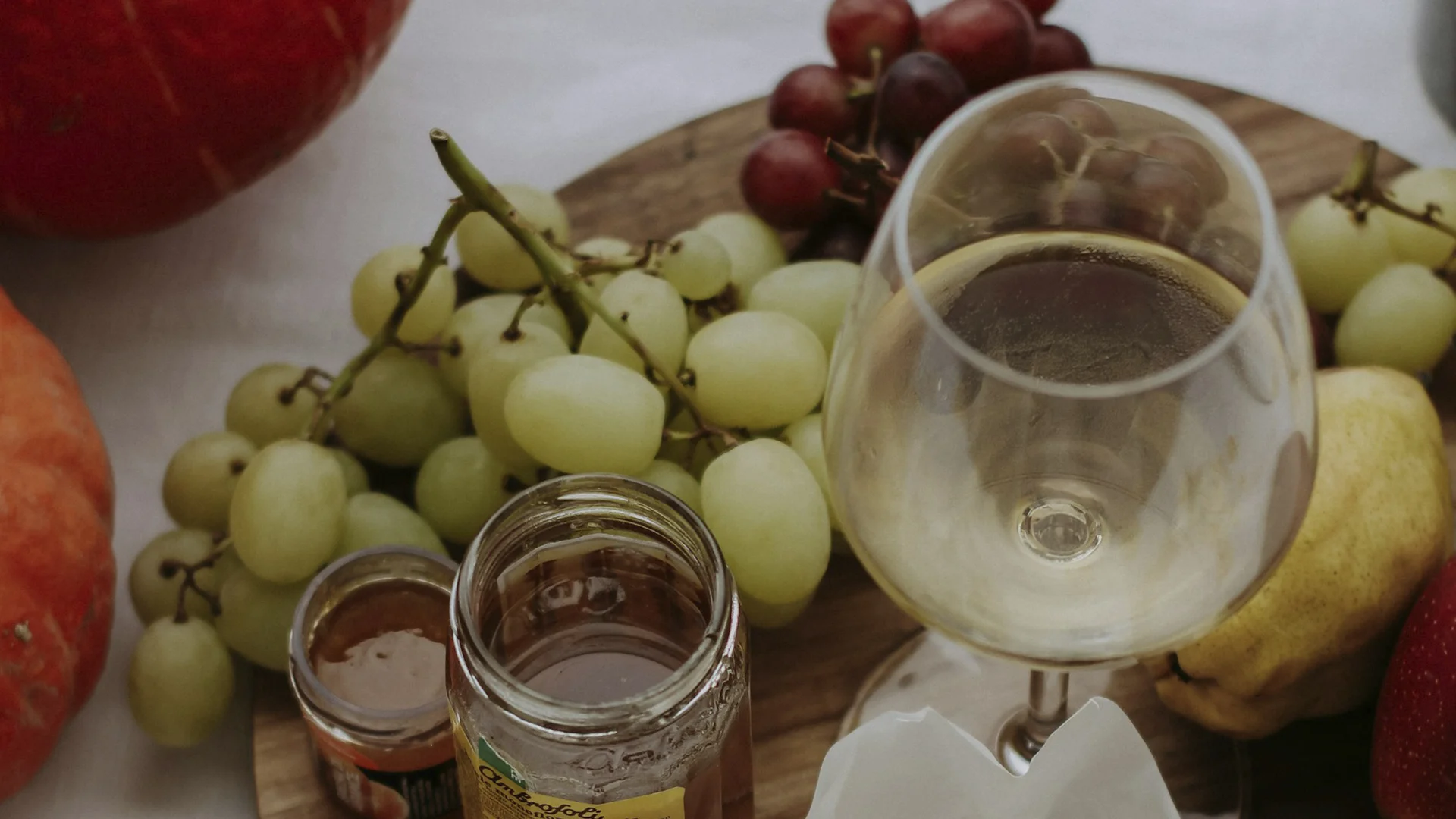
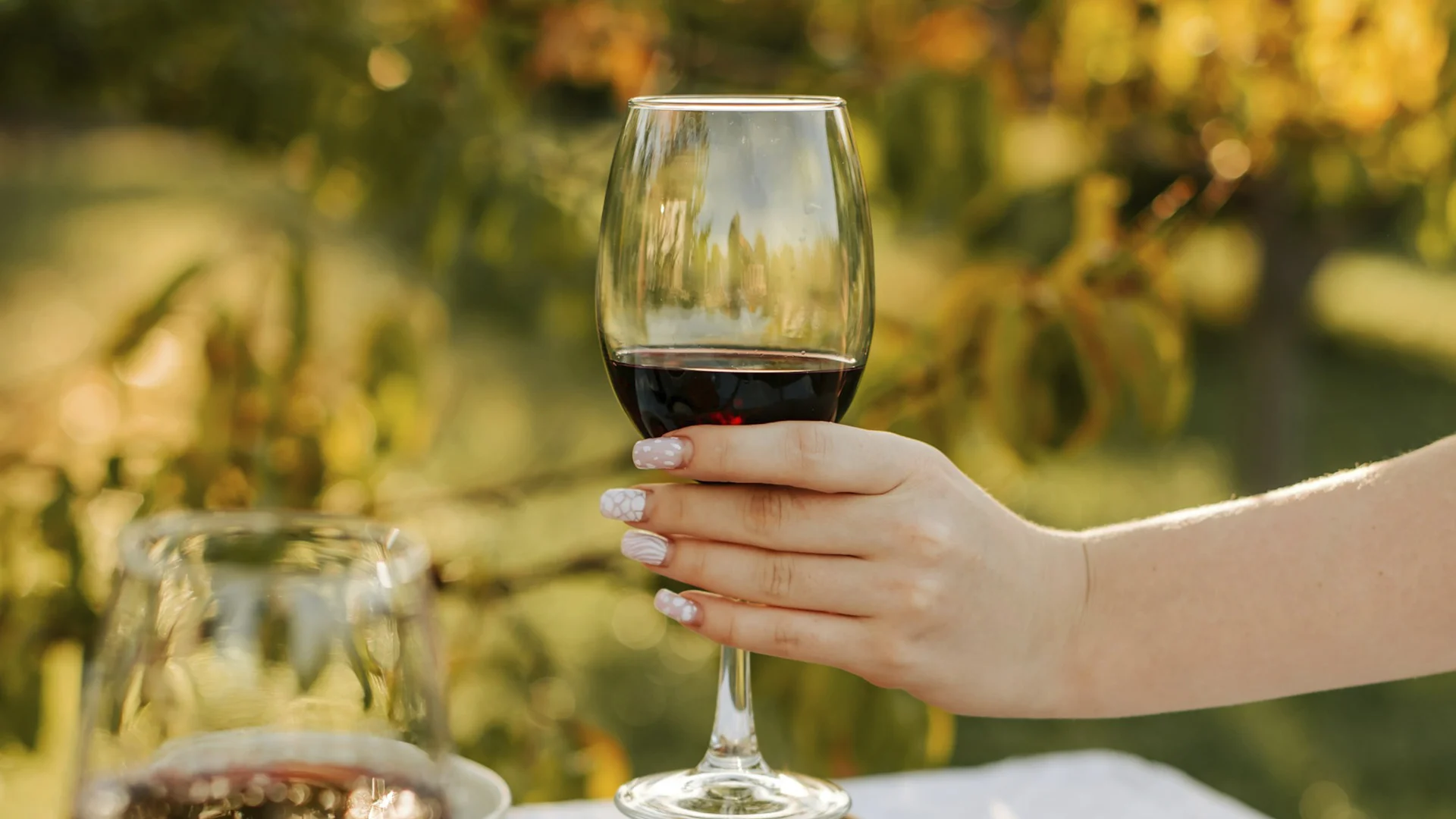

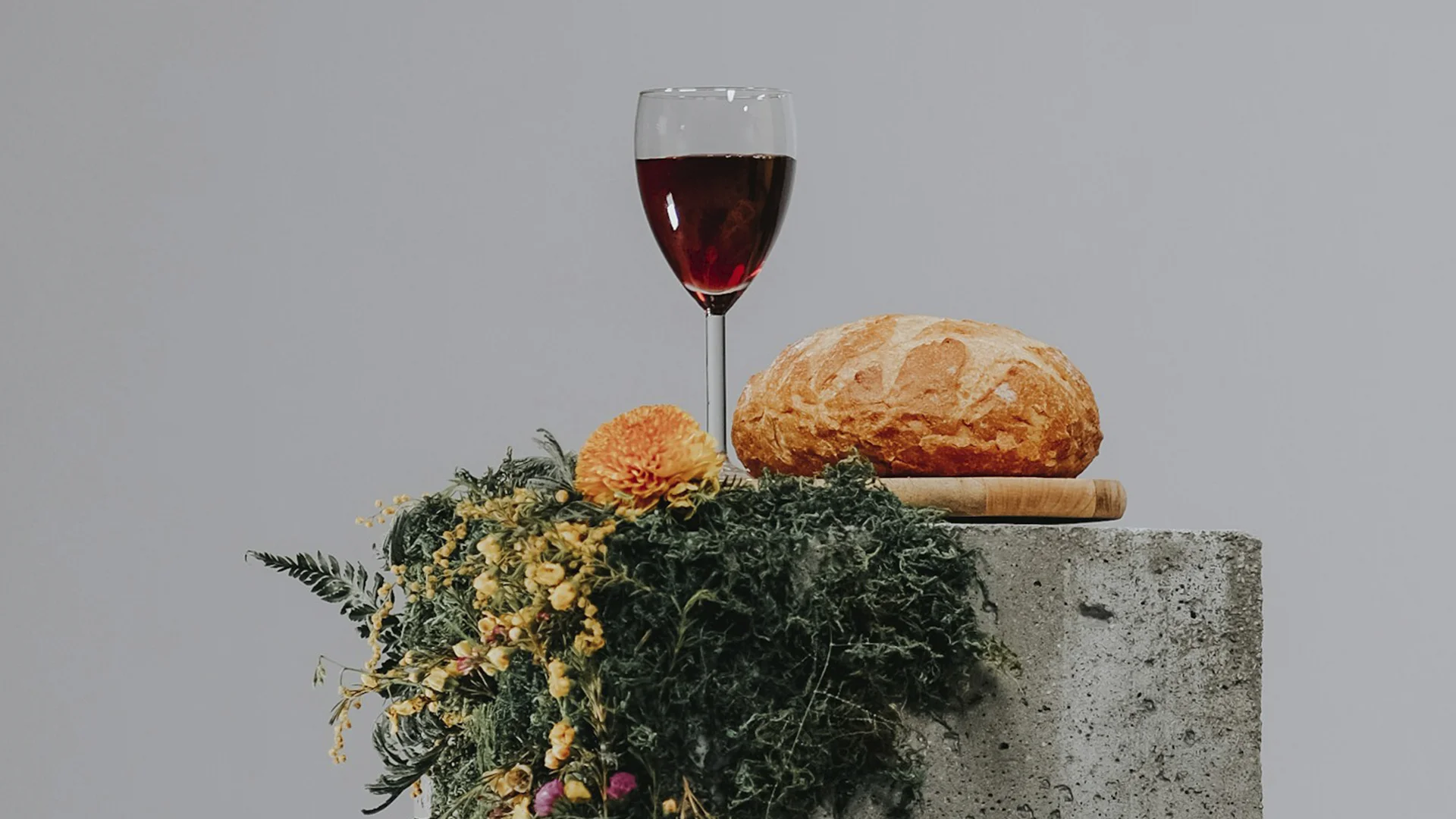



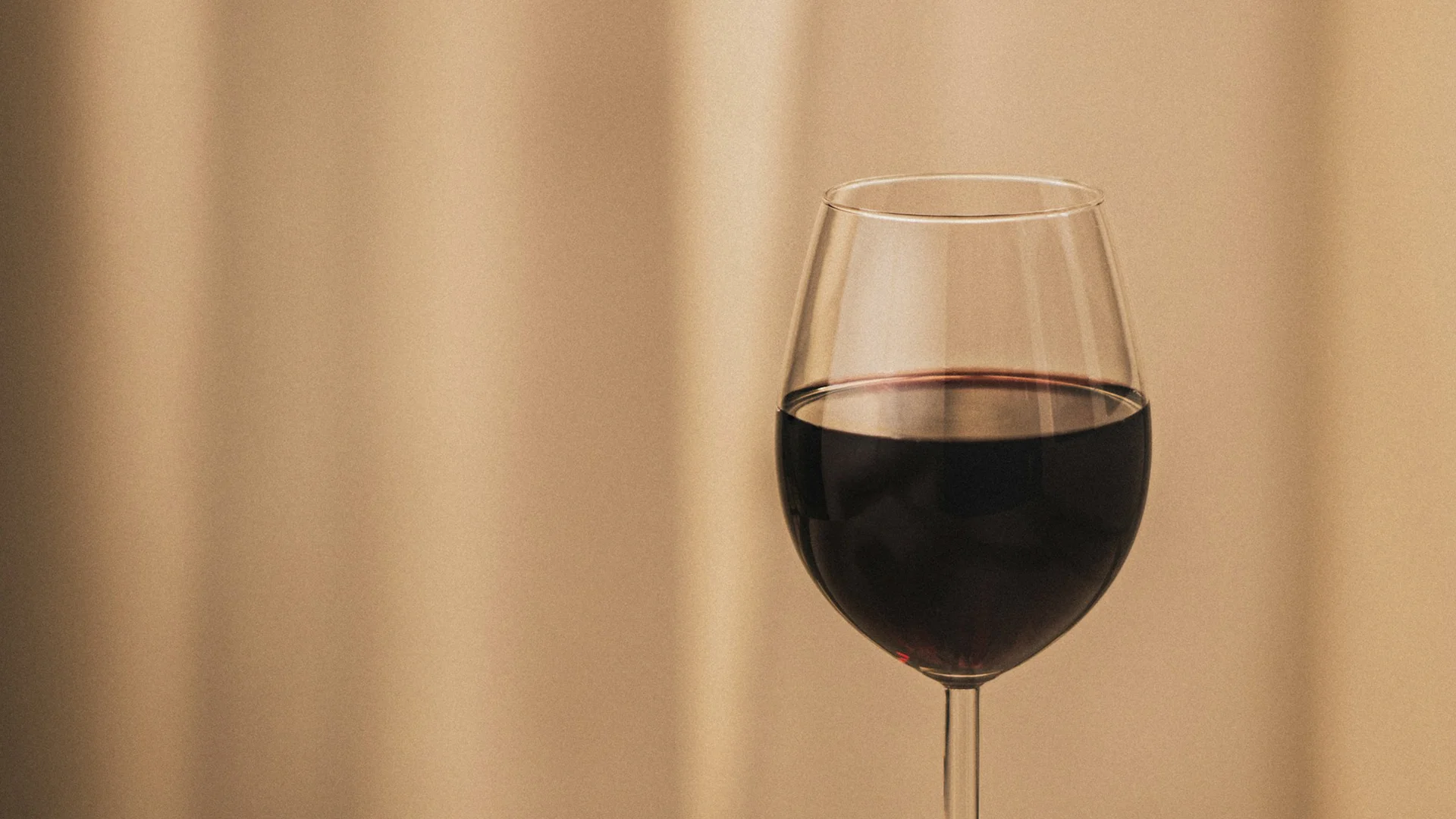
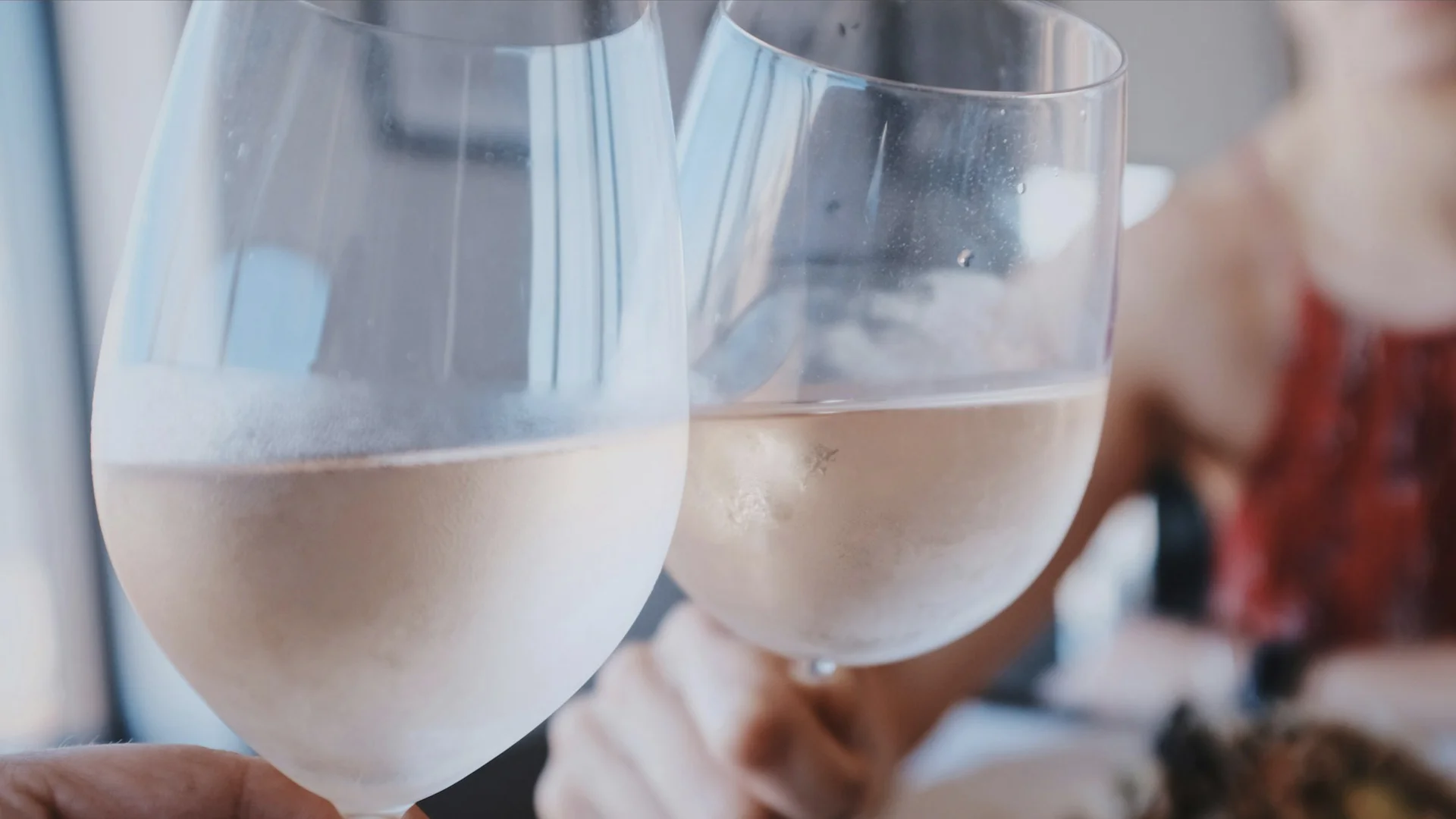

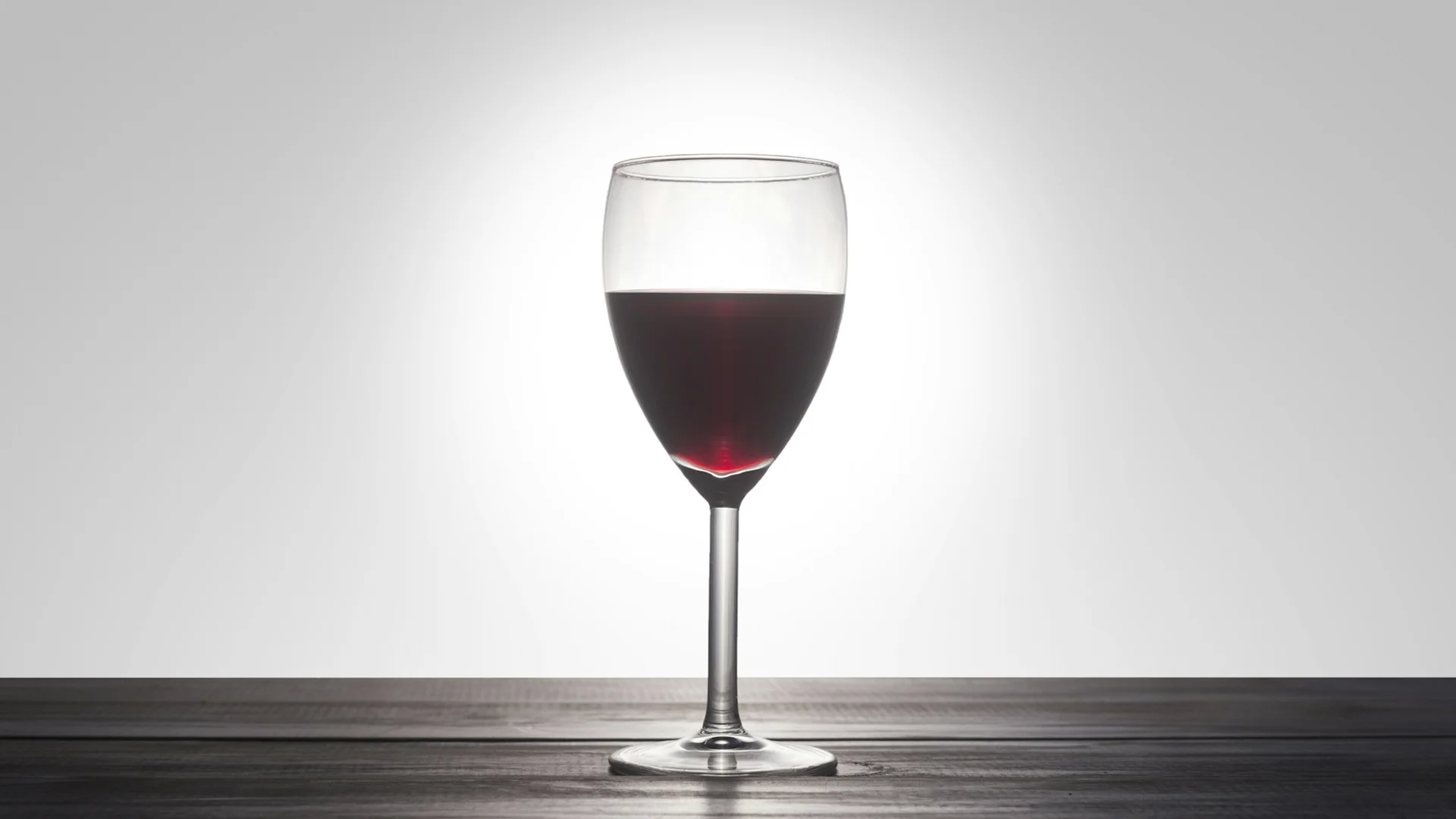



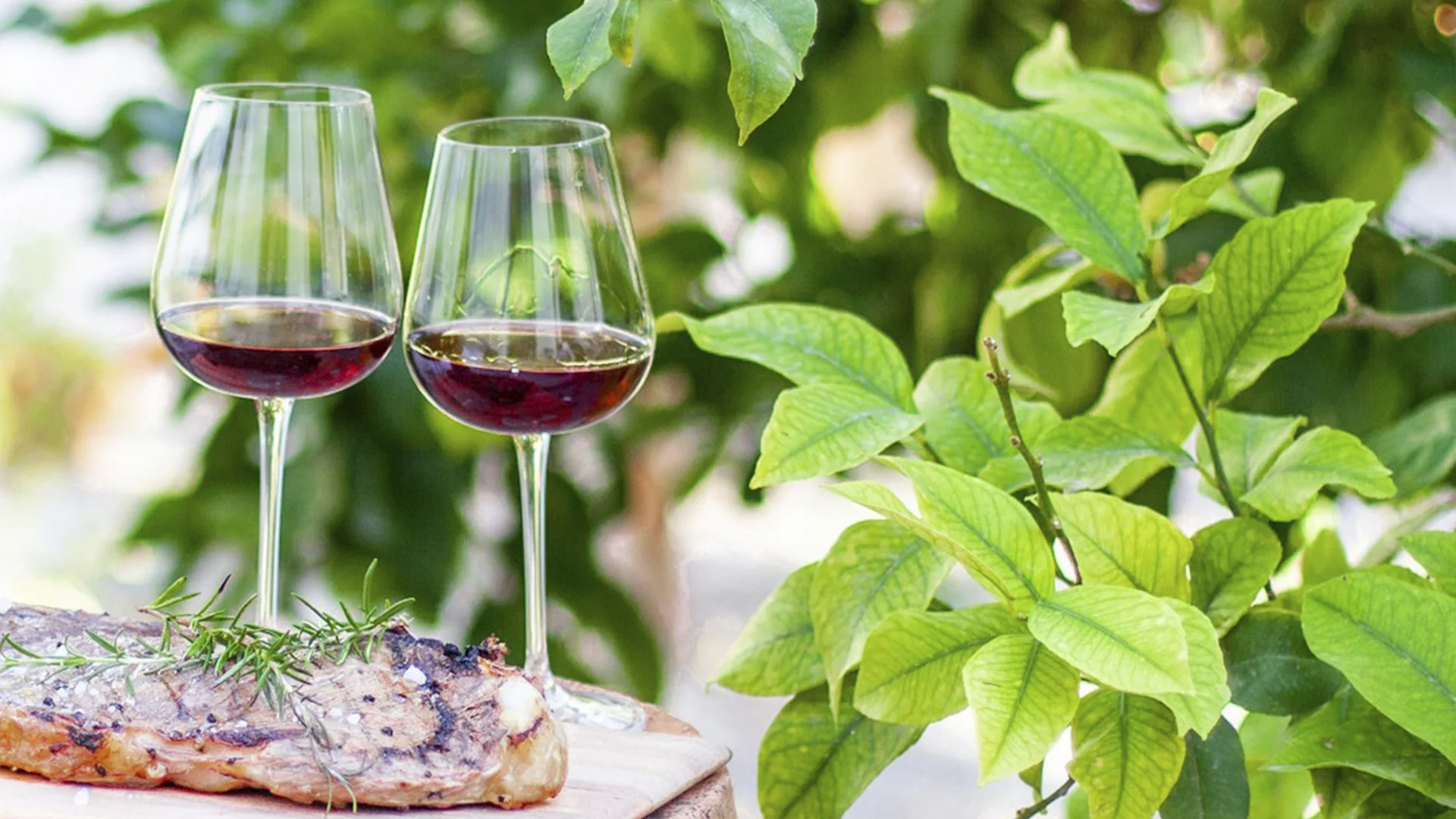

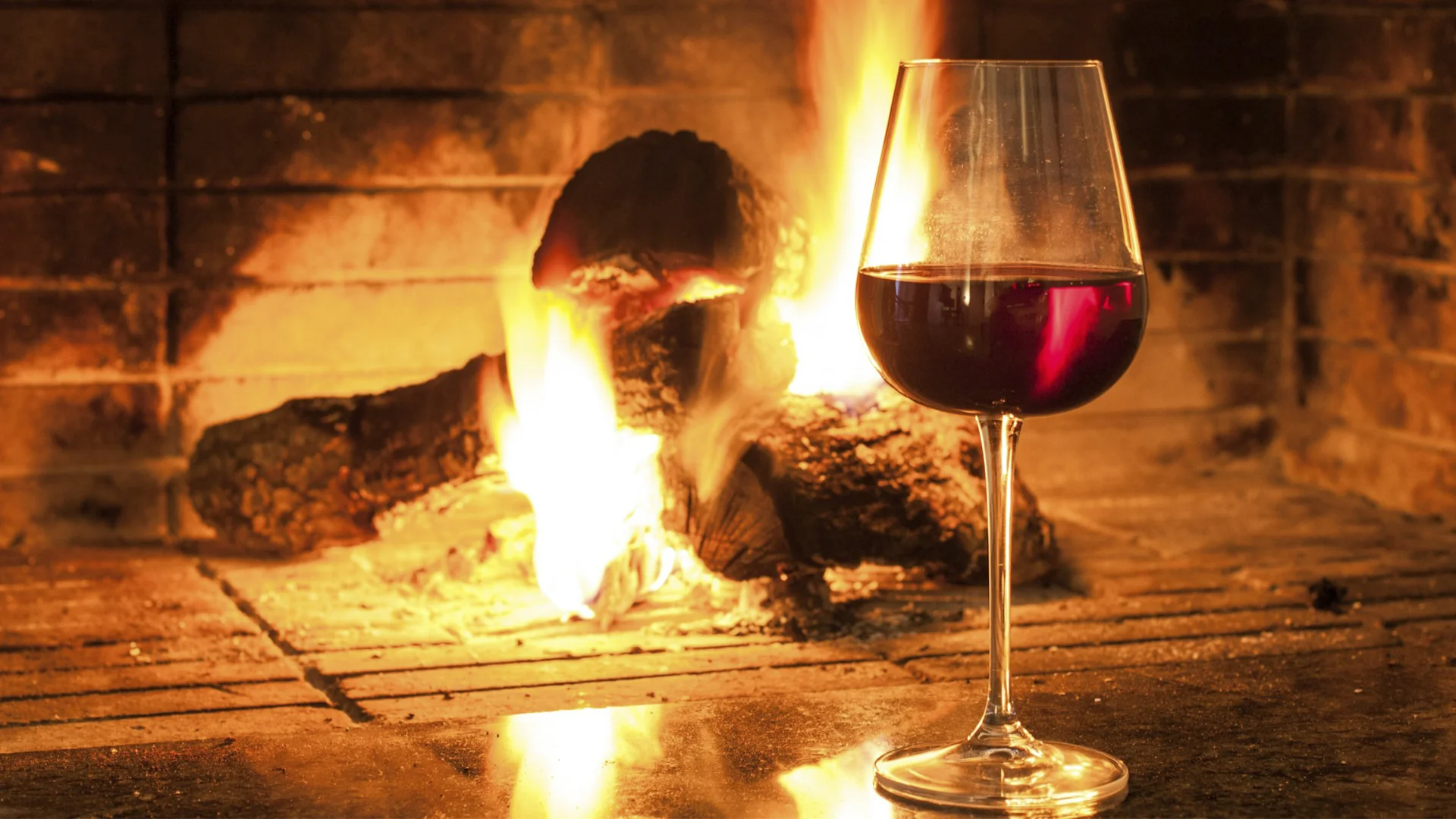


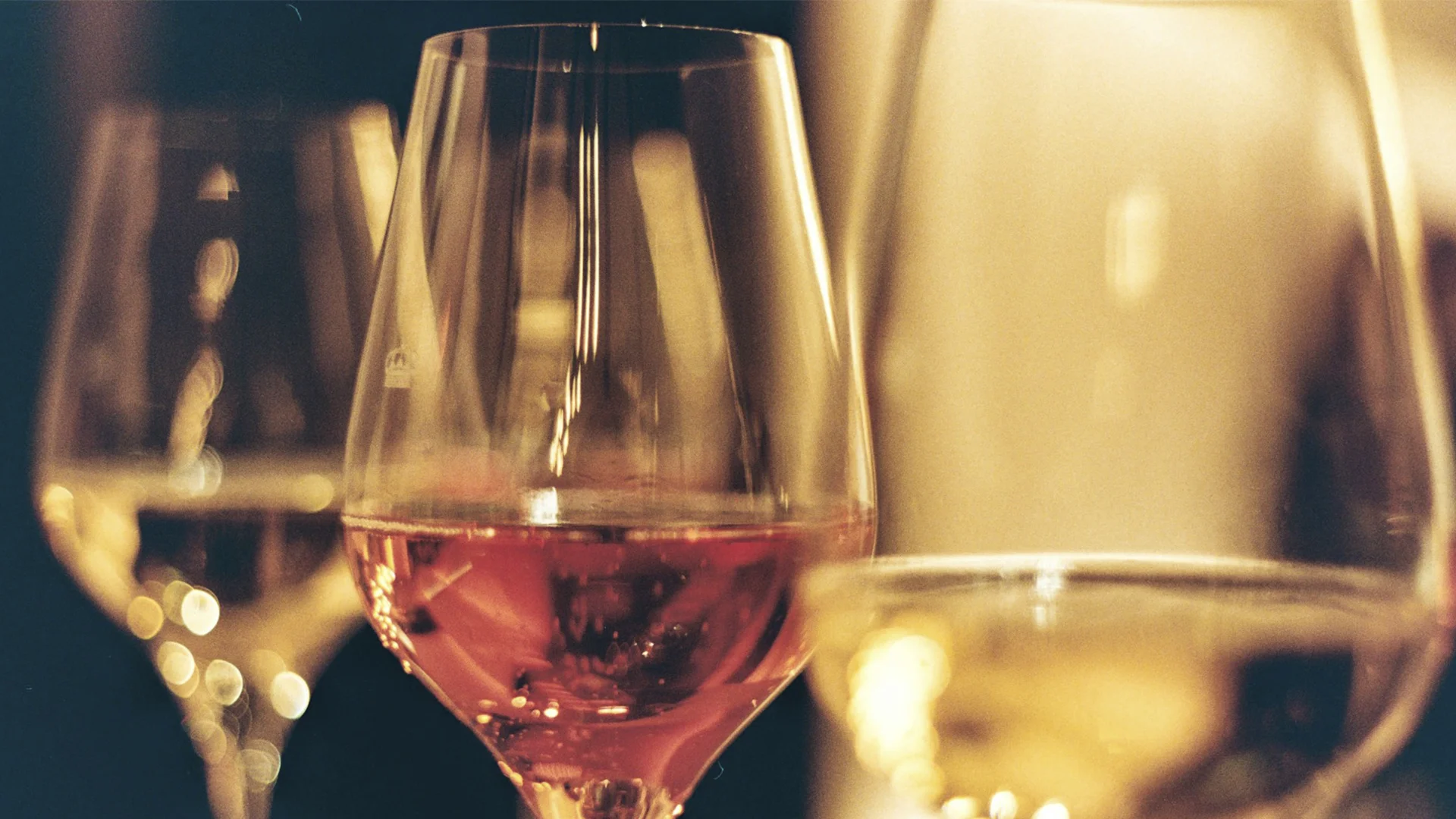
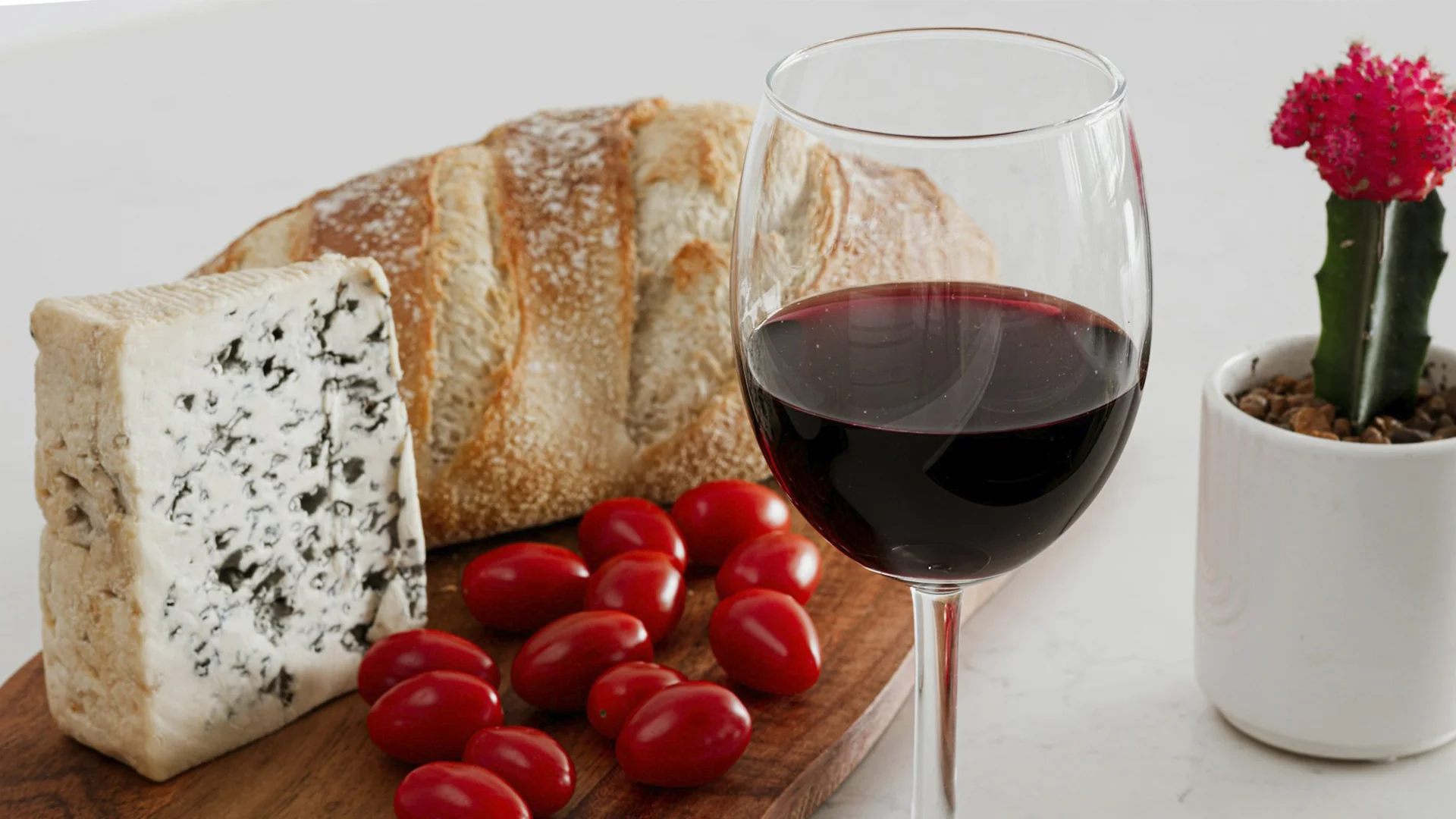



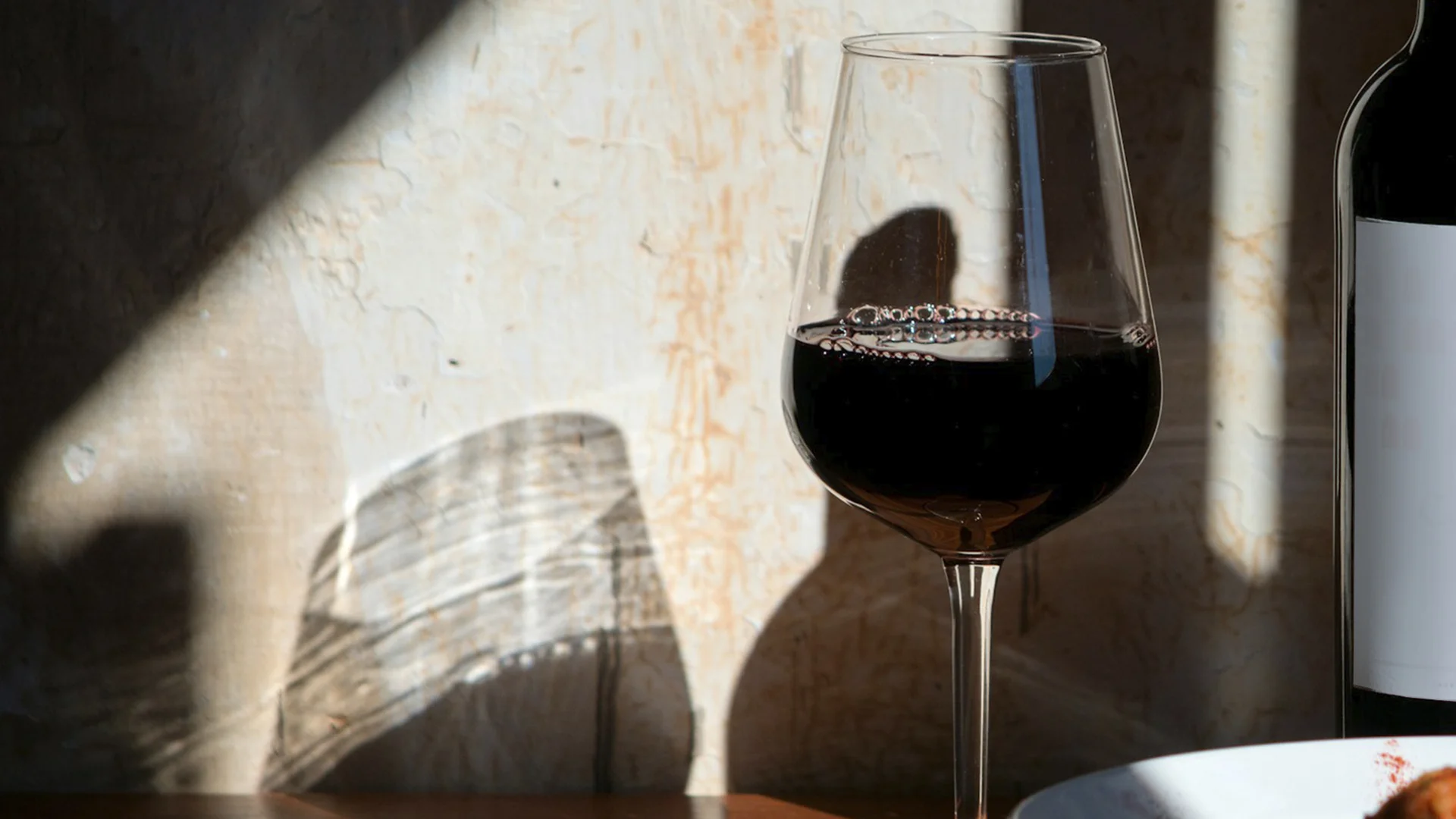
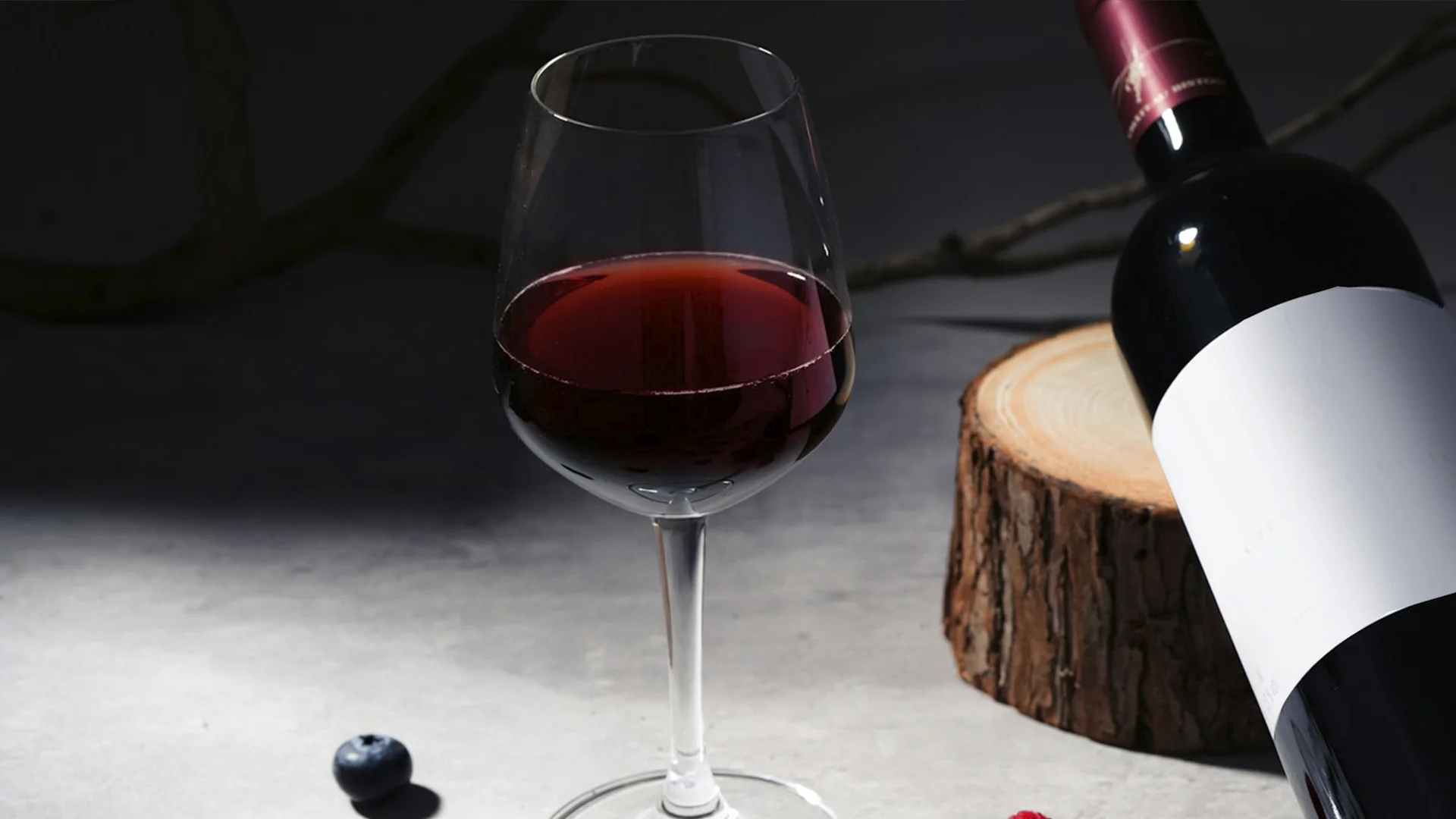
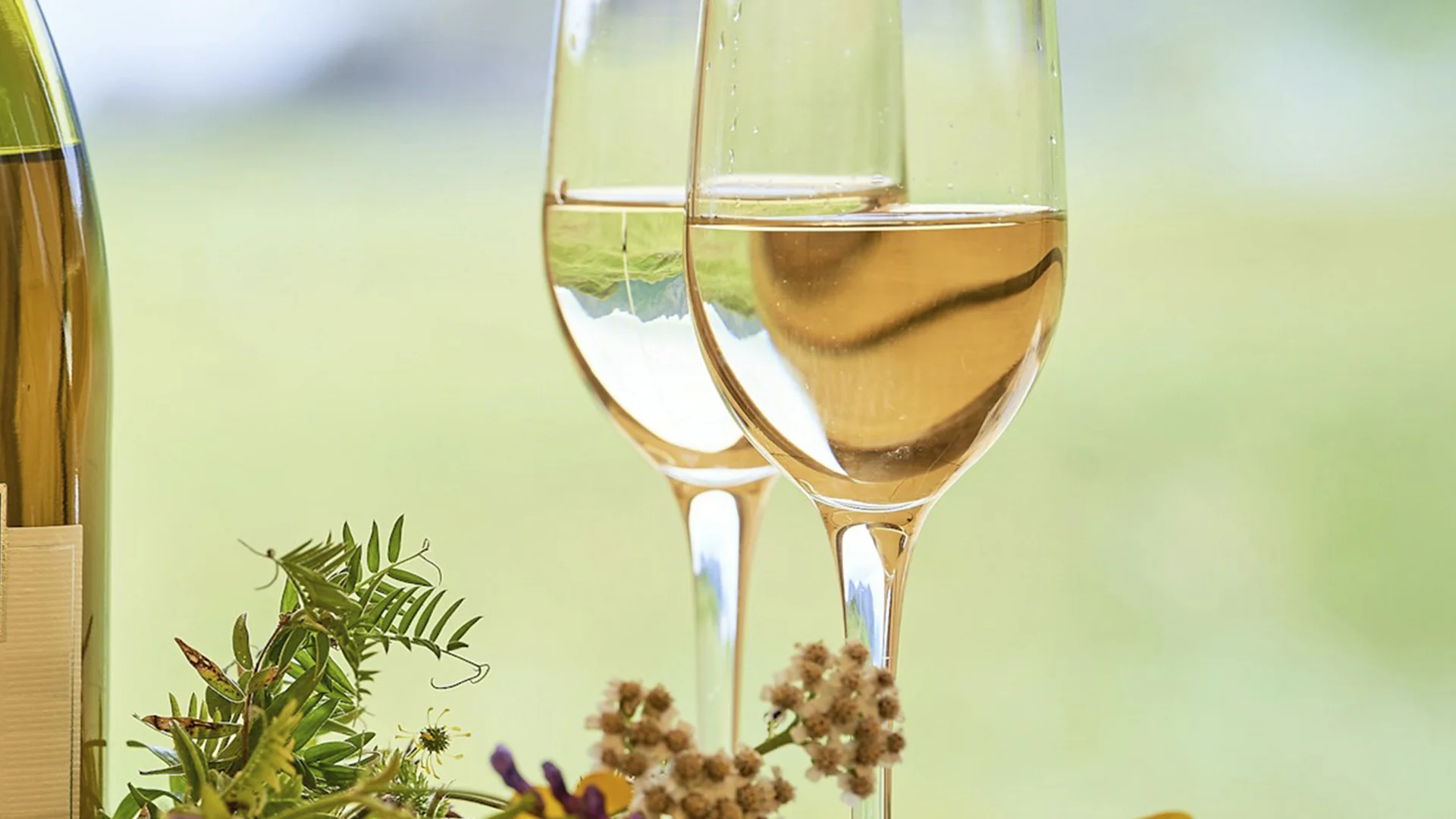
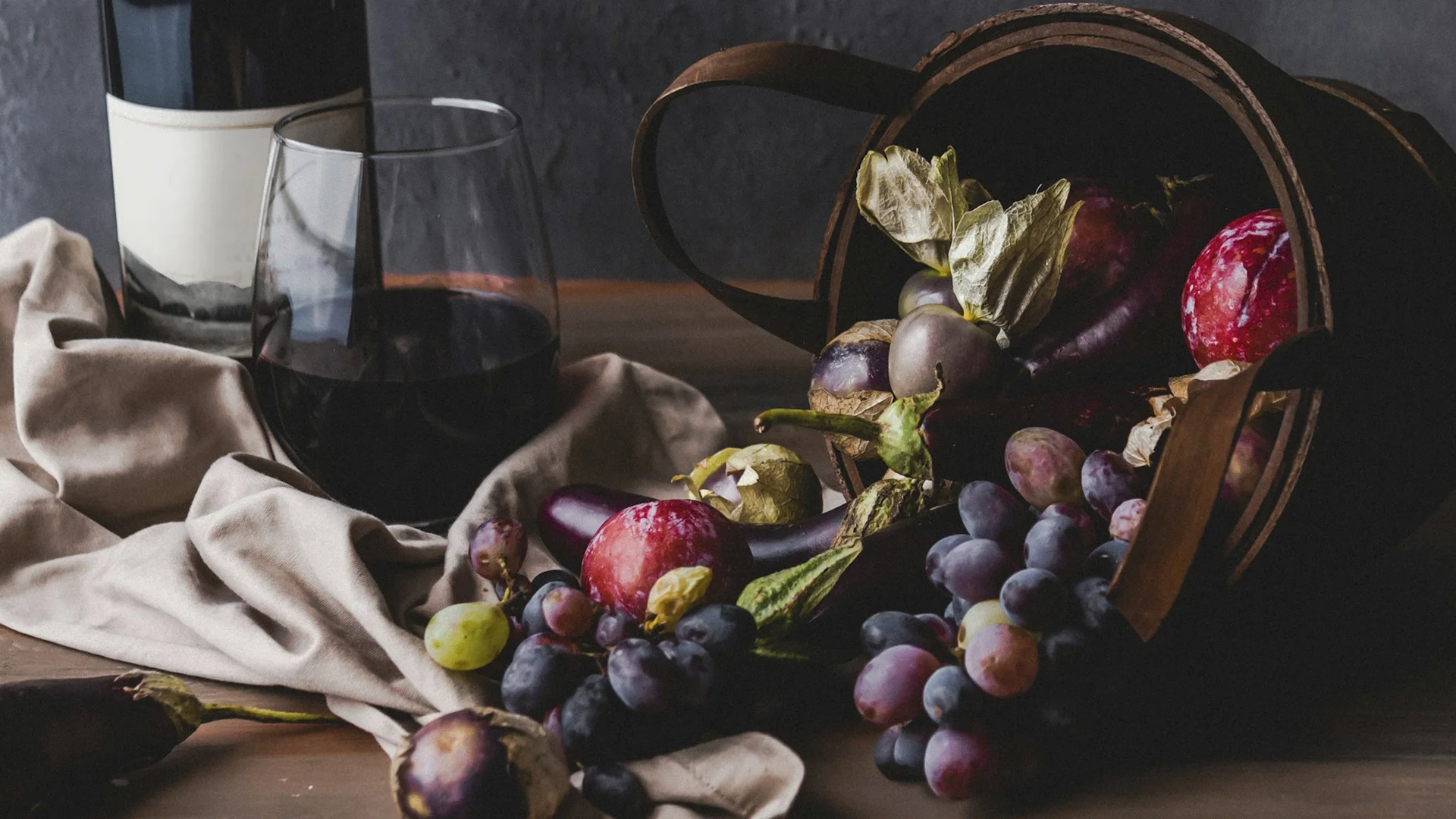
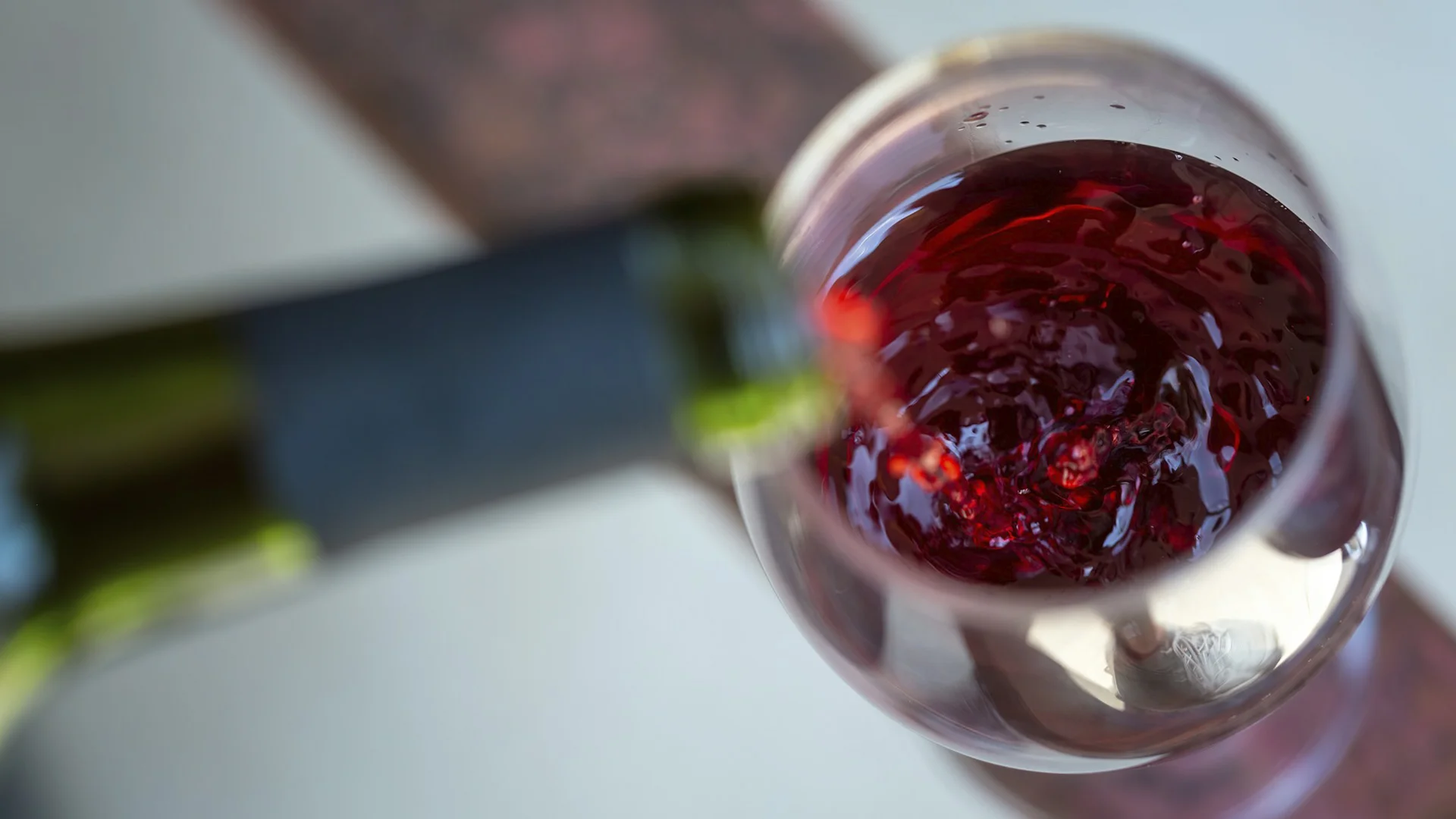
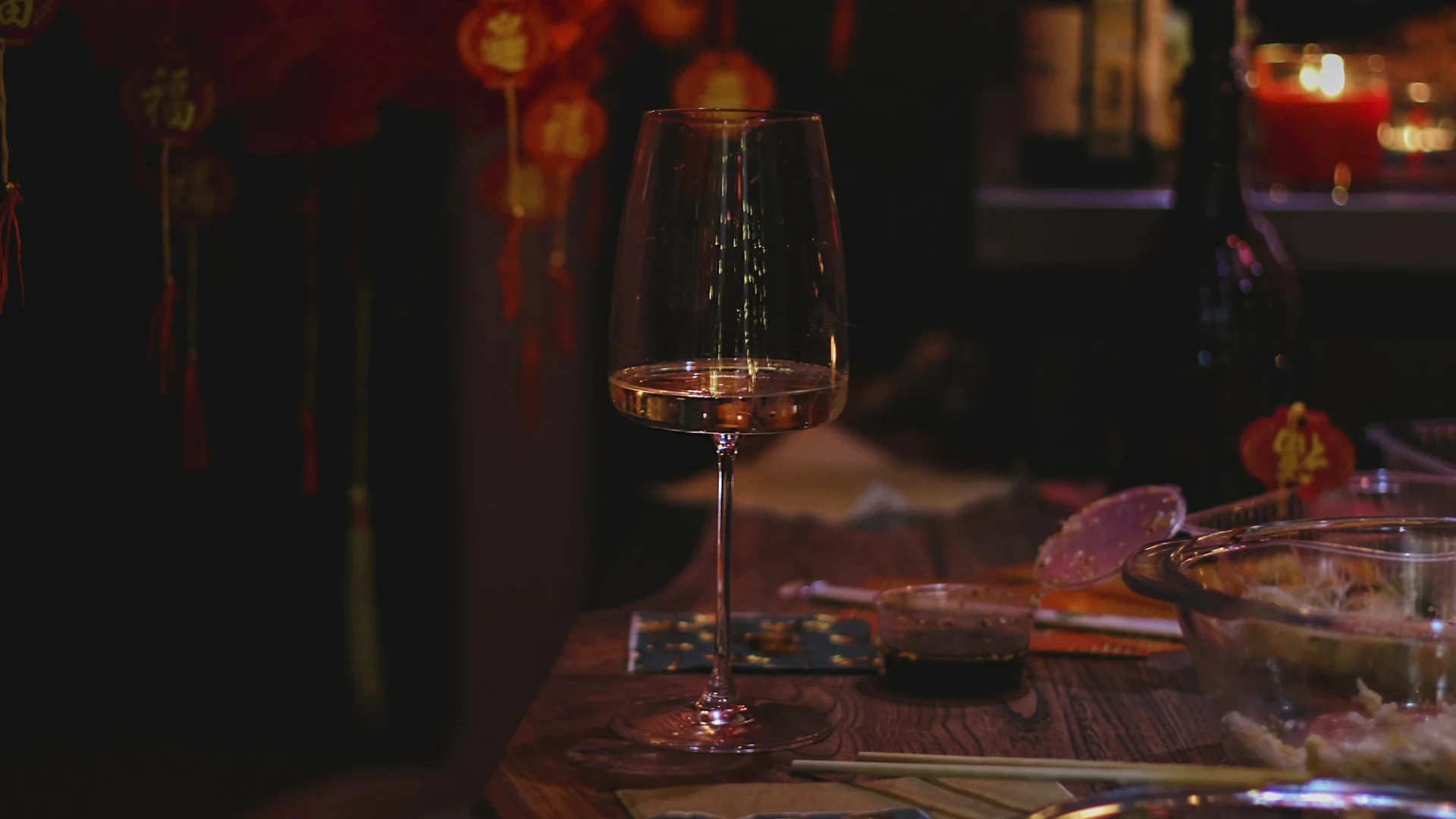






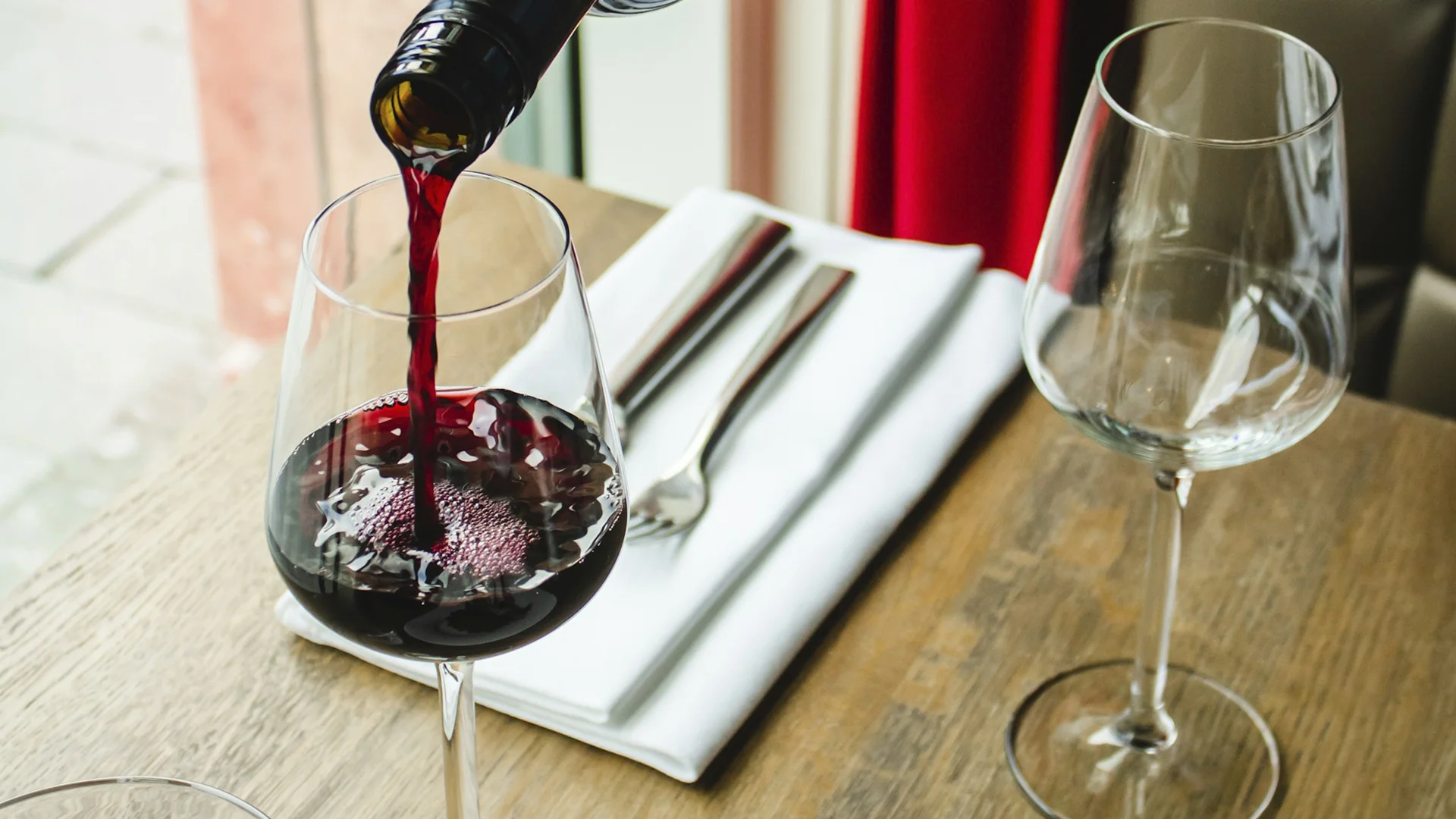












.webp)

.webp)
.webp)
.webp)



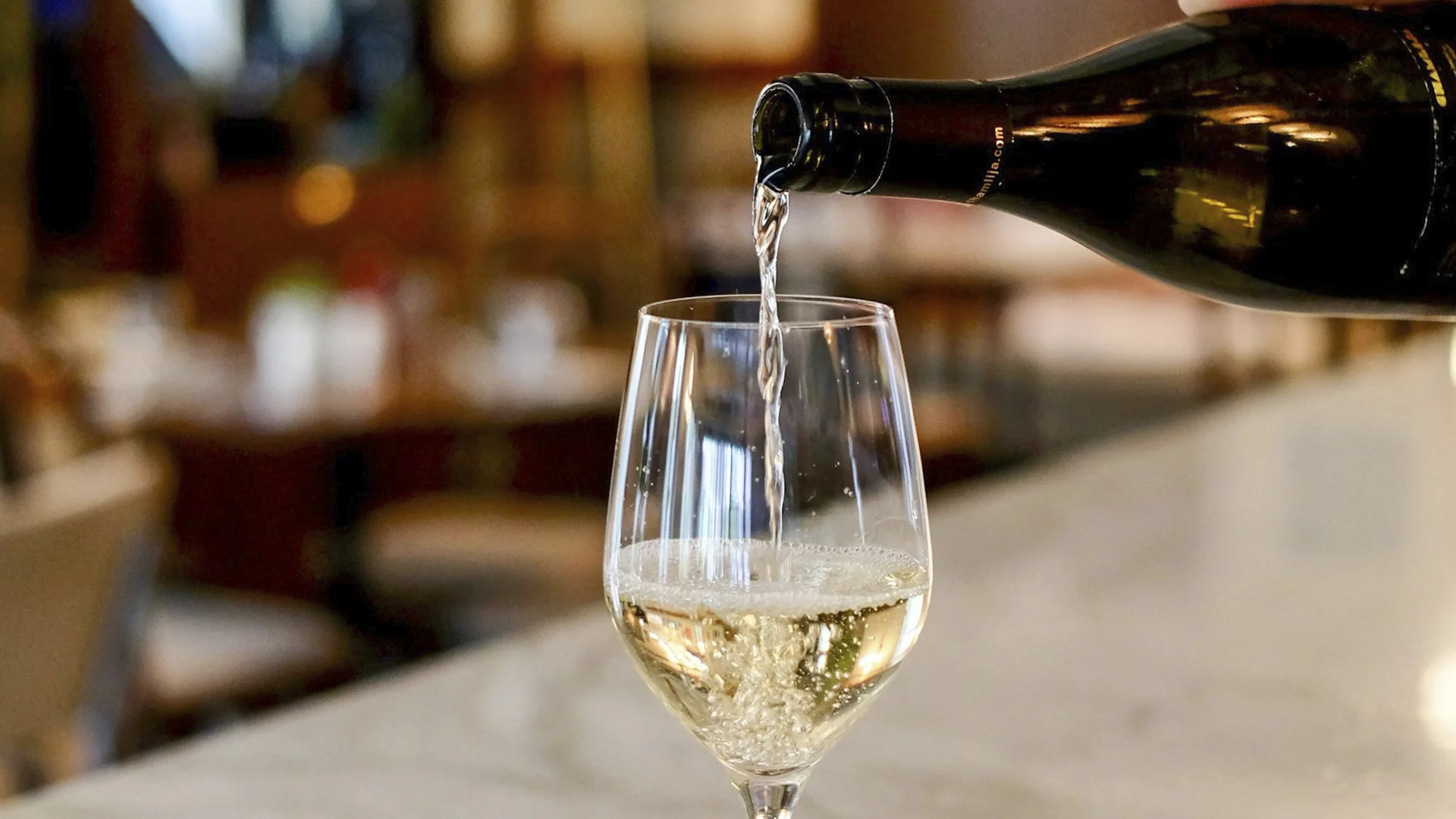


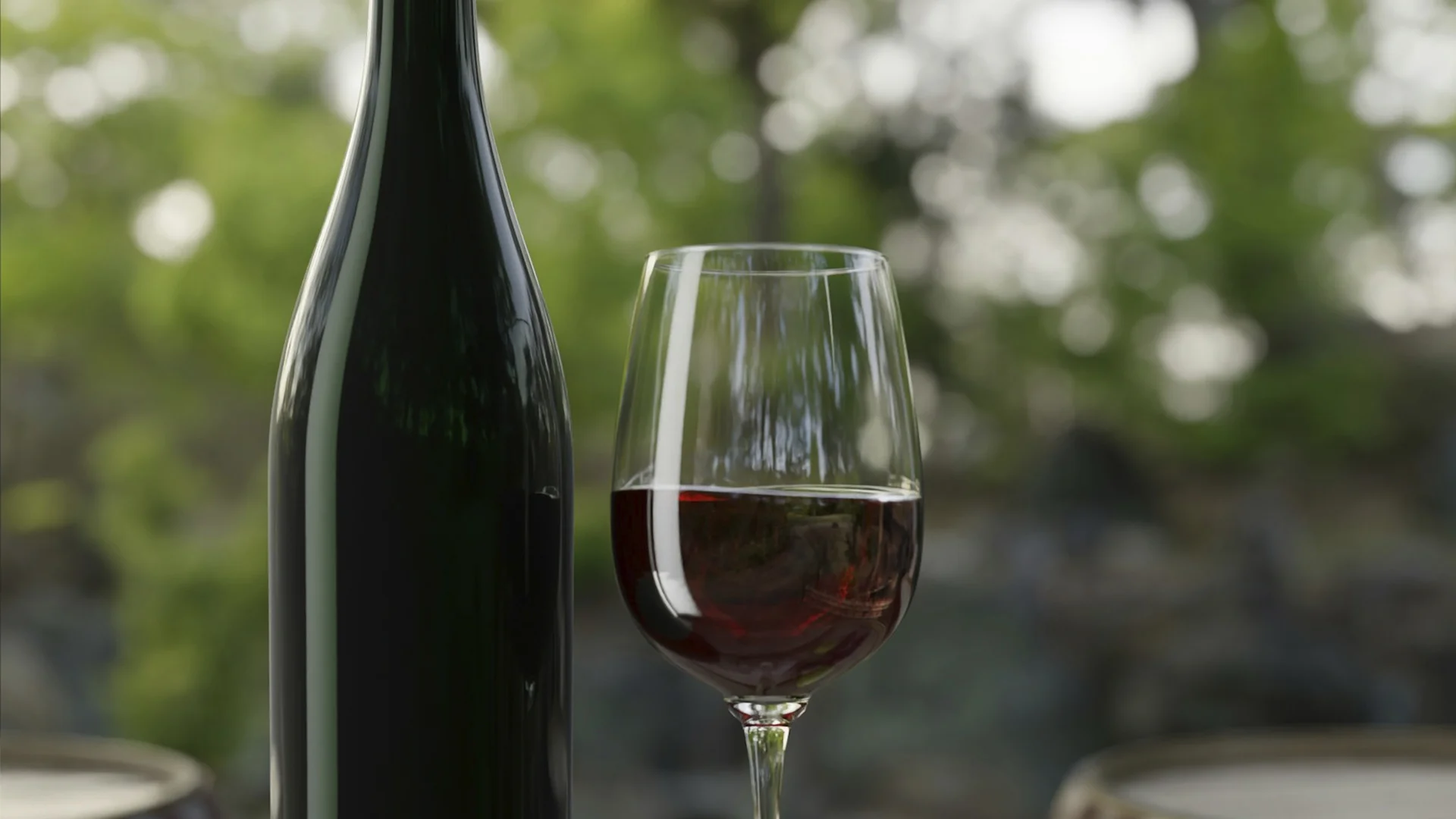



















.webp)













Are you interested in
collaborating with us?